BGS to help further carbon dioxide monitoring research at Sutton Bonington
BGS is part of a research project that will consider the feasibility of using quantum gravity sensors to monitor carbon capture and storage sites.
03/08/2021 By BGS Press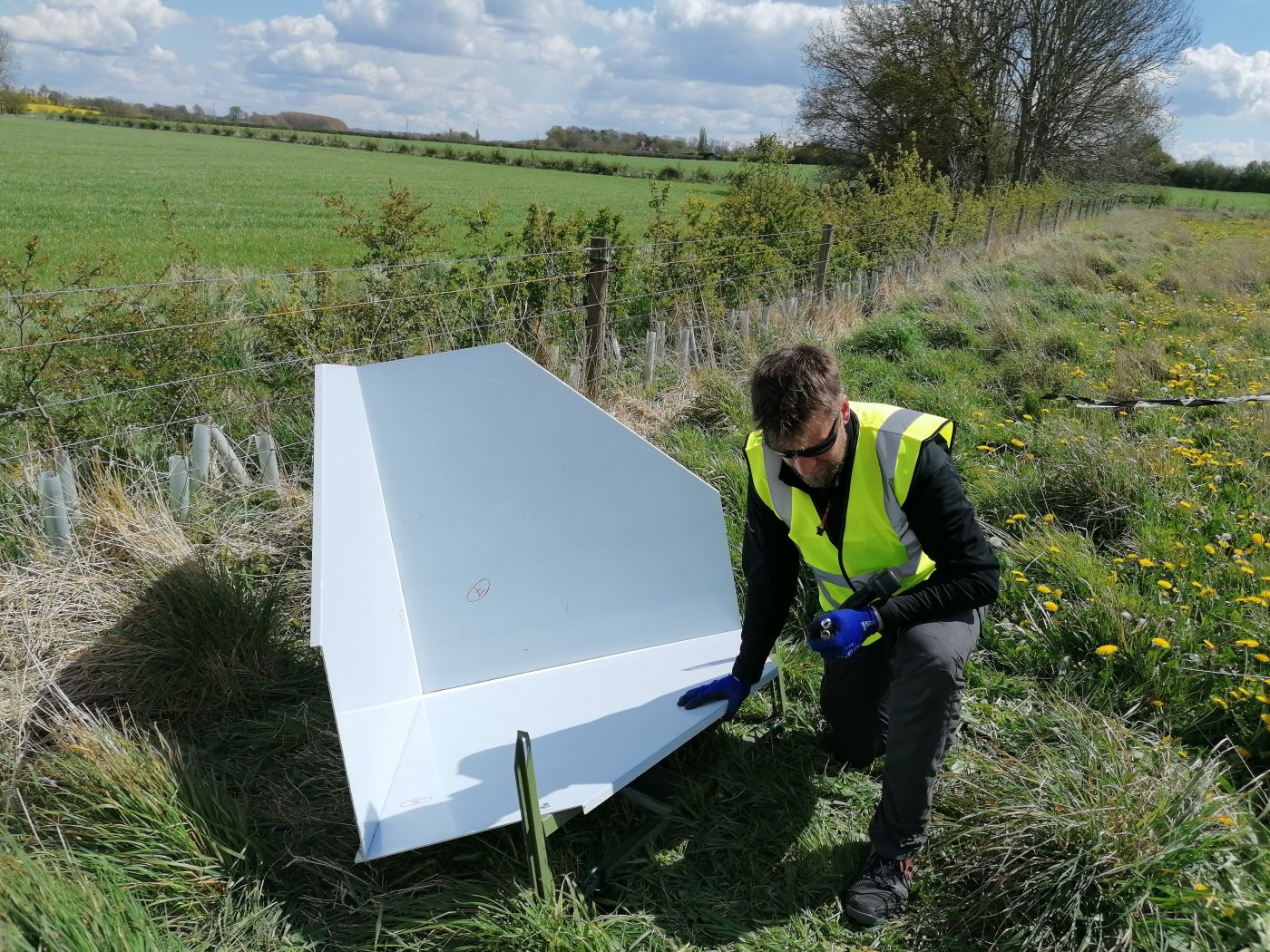
BGS is part of a three-month research project, set to begin in August 2021, which will consider the feasibility of using quantum gravity sensors to monitor carbon capture and storage (CCS) sites. CCS could provide one way of reducing carbon emissions, key to helping to tackle global warming.
Researchers at the Quantum Technology Hub have been awarded £29 000 from the UK Carbon Capture and Storage Research Centre (UKCCSRC) to carry out further research on how quantum gravity sensors can contribute to detecting and monitoring the fate of carbon dioxide (CO2) injected into the subsurface.
The current project will model the gravity gradient signals of the injected CO2 to determine the ability of the cold atom sensors to detect and monitor its migration to the surface. It will aim to investigate how an existing portable cold atom gravity gradiometer could be used to monitor a planned injection of CO2 at the GeoEnergy Test Bed (GTB) at the University of Nottingham’s Sutton Bonington campus, a unique national facility with multisensor technology for CO2 monitoring research.
It is planned that approximately five tonnes of CO2 will be injected into the Arden Sandstone Formation at a depth of 10–12 m below ground level over a period of weeks. The project will model the gravity gradient signals of the injected CO2 to determine the ability of the cold atom sensors to detect and monitor its migration to the surface.
The GTB was founded by BGS and the University of Nottingham, who will work together to conduct the CO2 injection experiment. BGS is collecting complementary pre-injection sensor data and will generate geophysical images and ground models, which will be made available to the project.
The geology at the GTB offers the opportunity to access rocks equivalent to those under the North Sea that are of interest for CO2 storage.
Studying the subsurface in detail as the CO2 is injected will improve understanding of processes and mechanisms around CO2 migration in the shallow subsurface and this improved understanding will in turn be used to advance monitoring tools and techniques that could help operators demonstrate site conformance at large-scale storage sites.
Ceri Vincent, BGS.
Gravity sensors potentially provide an important CO2 monitoring modality that complements other geophysical techniques such as seismic imaging. This upcoming injection experiment provides an ideal opportunity to test the novel sensors pioneered by the hub in a controlled CO2 injection experiment.
Paul Wilkinson, BGS.
Relative topics
Related news
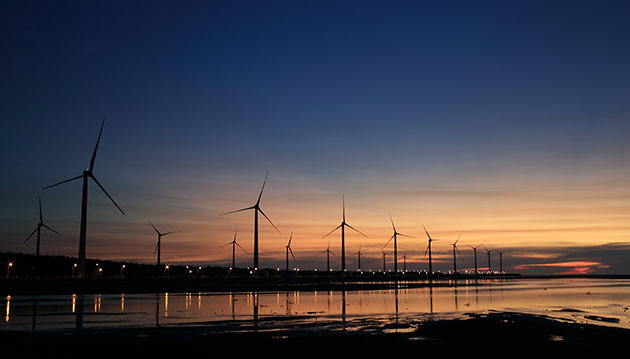
Goldilocks zones: ‘geological super regions’ set to drive annual £40 billion investment in jobs and economic growth
10/06/2025
Eight UK regions identified as ‘just right’ in terms of geological conditions to drive the country’s net zero energy ambitions.
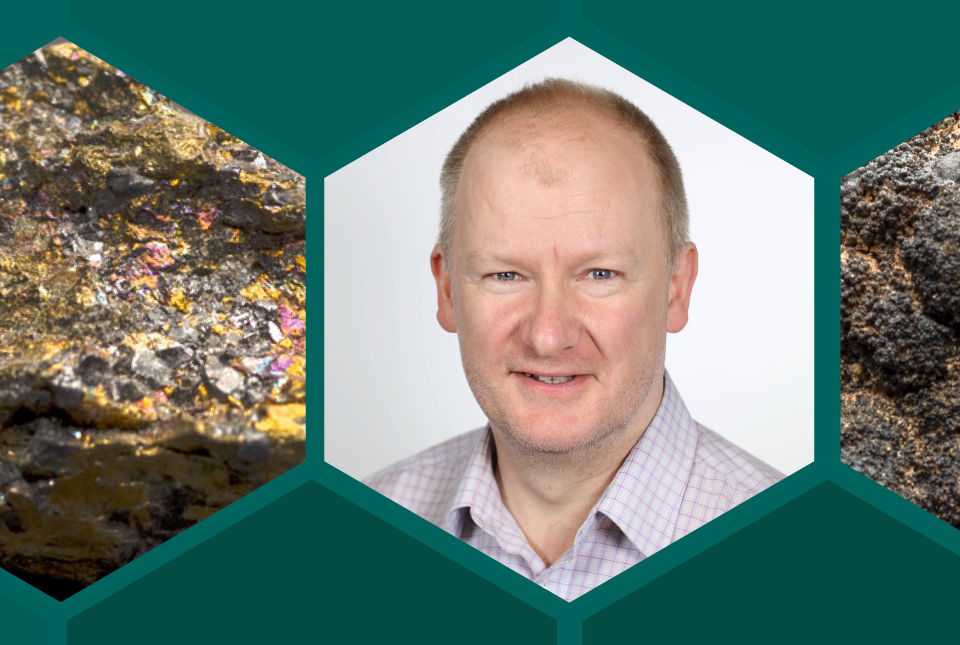
The challenge of assessing the UK economy’s dependence on mineral supply
28/11/2024
Critical, essential, or just plain important? Dr Gavin Mudd, director of the Critical Minerals Intelligence Centre, discusses the findings and new methodology featured in the 2024 UK Criticality Assessment.
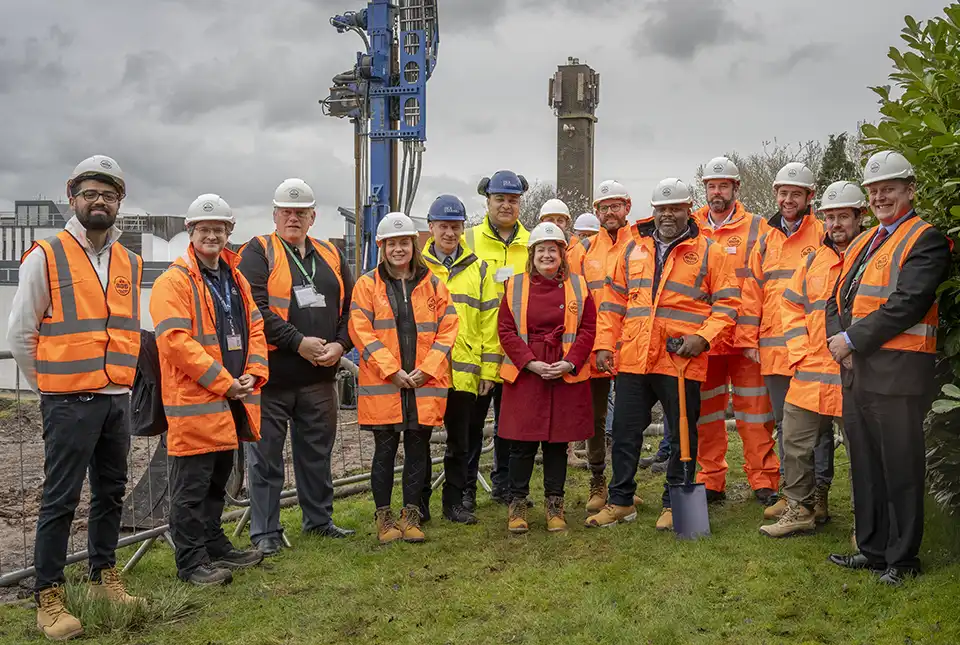
Local MP helps BGS launch a ‘living laboratory’
05/03/2024
BGS is implementing a low-carbon heating system to help meet its net zero targets and provide data to the public.
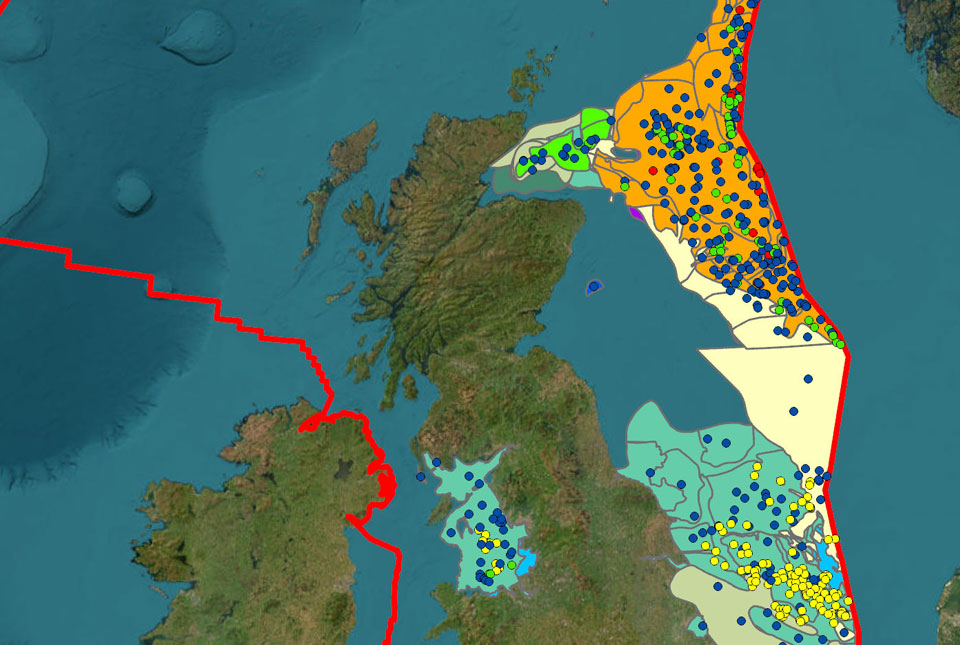
BGS adds more than 60 new carbon dioxide storage units to its national carbon dioxide storage database
30/01/2024
BGS has delivered its first major update of the national carbon dioxide storage database, CO2 Stored.
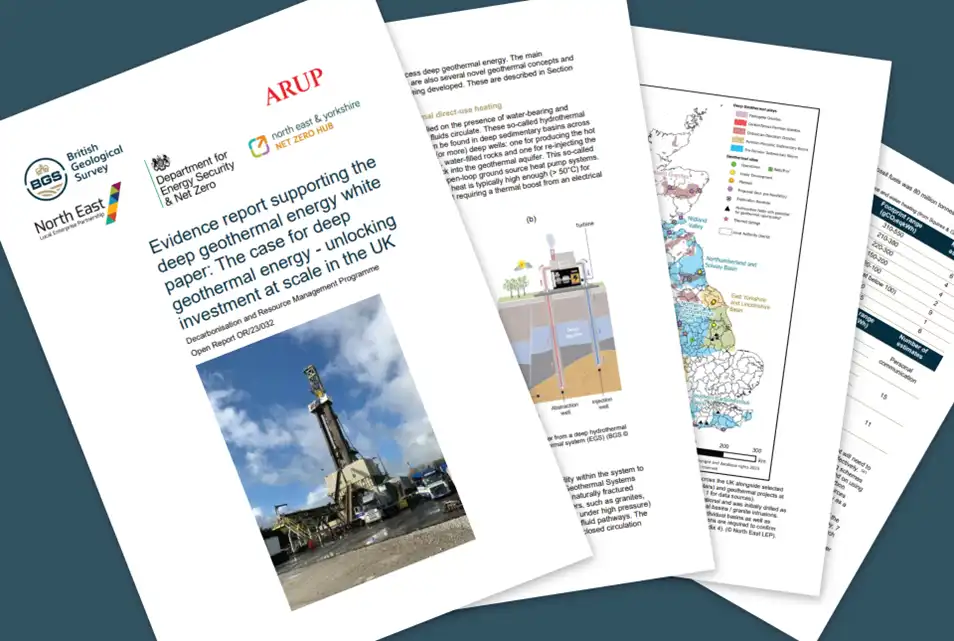
Evidence report on deep geothermal energy opportunities in the UK released
16/11/2023
BGS has published a detailed evidence report that underpins a deep geothermal White Paper.
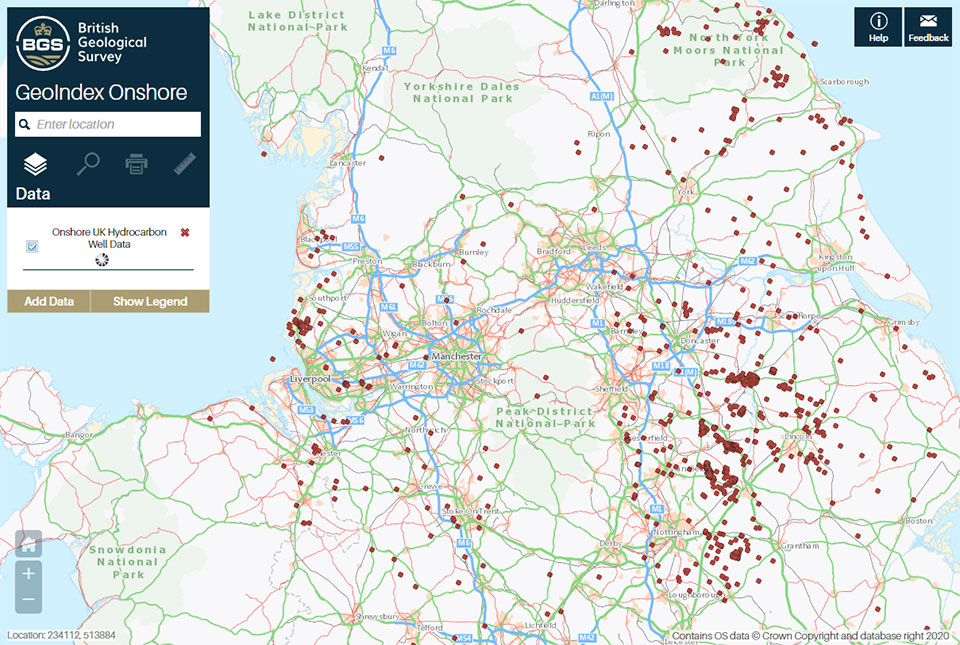
A new open dataset to benefit onshore geoscience research
15/06/2023
Data from deep onshore hydrocarbon wells is being released on an open access basis to help meet the UK’s net zero targets.
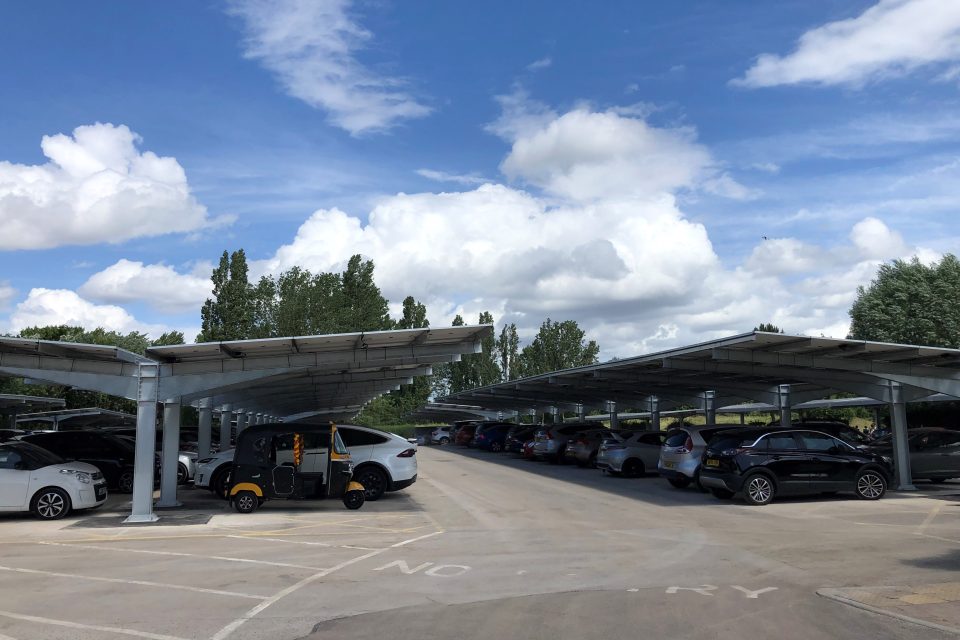
NERC recognised by the Carbon Trust for its step towards net zero
07/06/2023
The Natural Environment Research Council (NERC) has achieved the ‘taking action’ tier of the Carbon Trust’s Route to Net Zero Standard.
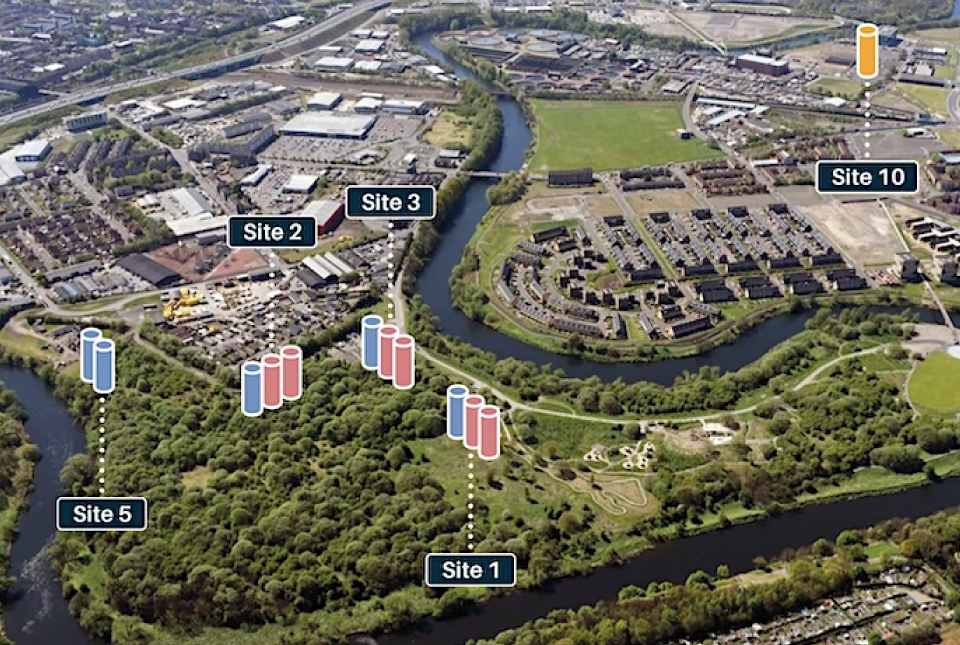
UK Geoenergy Observatories — open events in Glasgow
Event from 26/04/2023 to 27/04/2023
You are invited to visit the UK Geoenergy Observatory in Glasgow, to find out more about what the facility can offer you as a potential user.
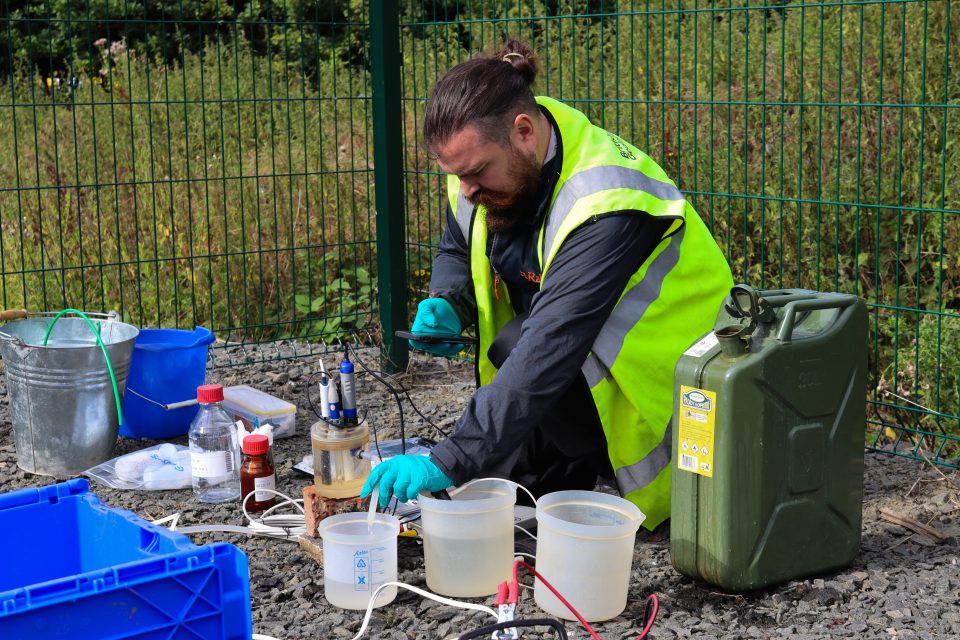
UK Geoenergy Observatories: time zero for net zero
01/12/2022
The BGS-led UK Geoenergy Observatories project is shining a light on the subsurface’s potential to provide geothermal energy.
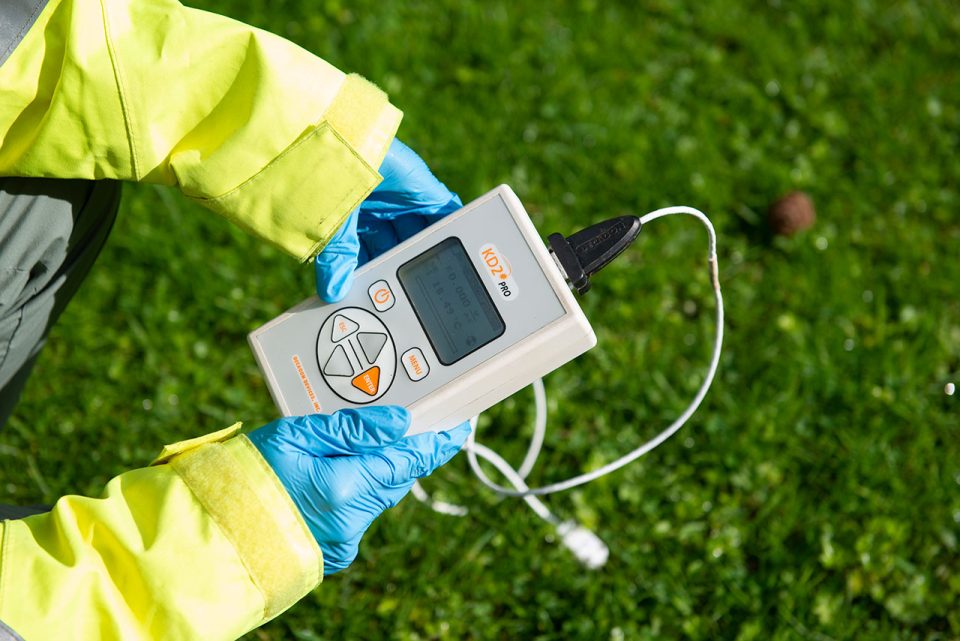
BGS joins European Geothermal Congress to highlight UK’s geothermal potential
21/10/2022
The European Geothermal Congress will discuss how the geothermal sector can help with the energy crisis.
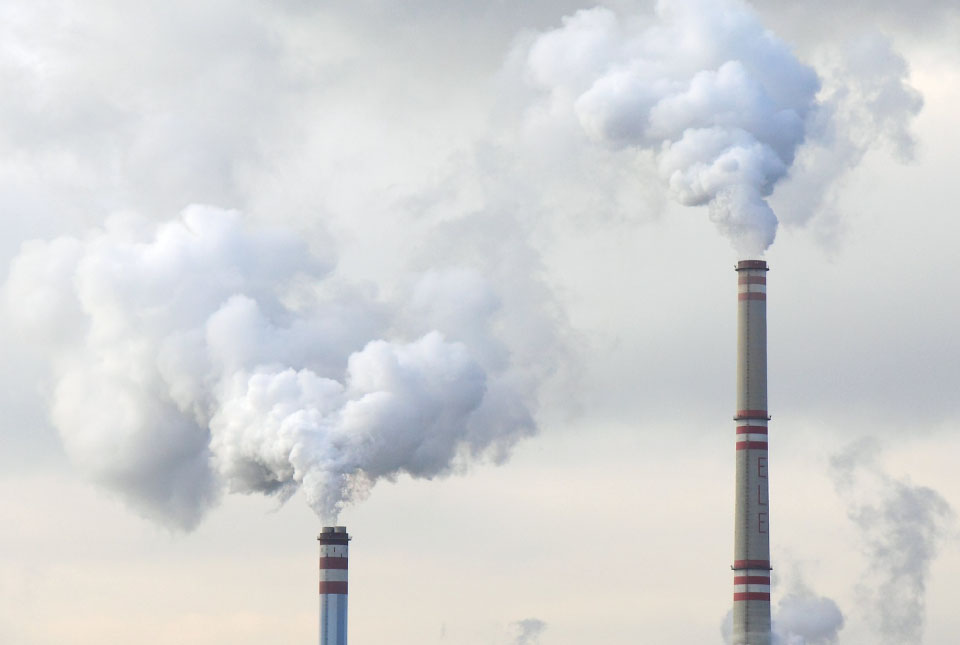
Identifying the science challenges for UK carbon storage
07/07/2022
A new report underlines importance of community engagement in achieving the UK national climate change targets.
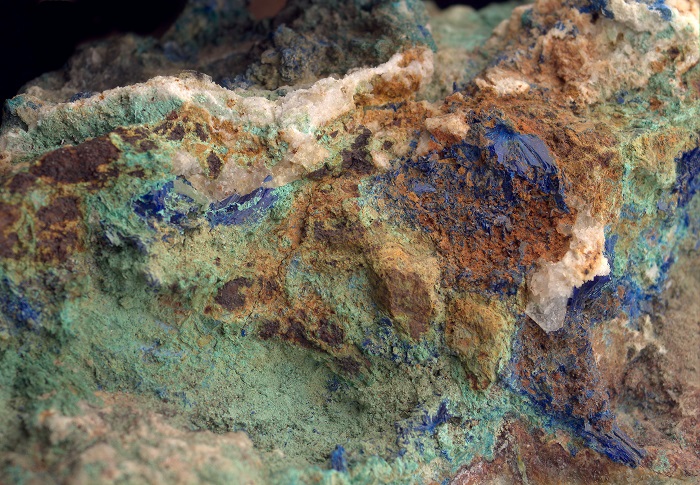
UK’s Critical Minerals Intelligence Centre to help build a more resilient economy
04/07/2022
The UK’s new centre to collect and analyse information on the supply of critical minerals, which are vital to the UK’s economic success and national security, has officially launched.



